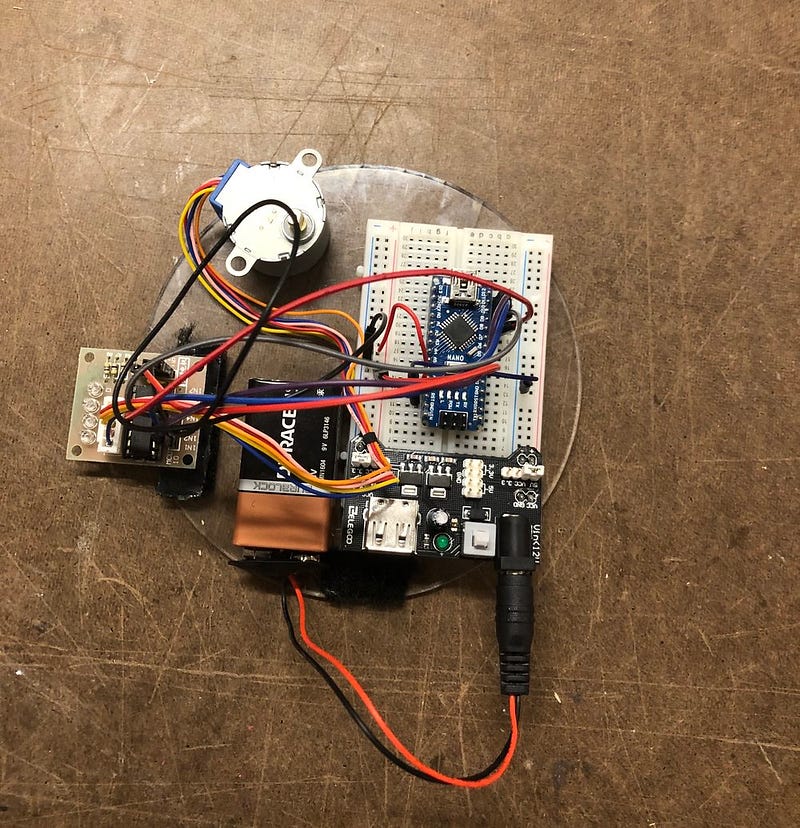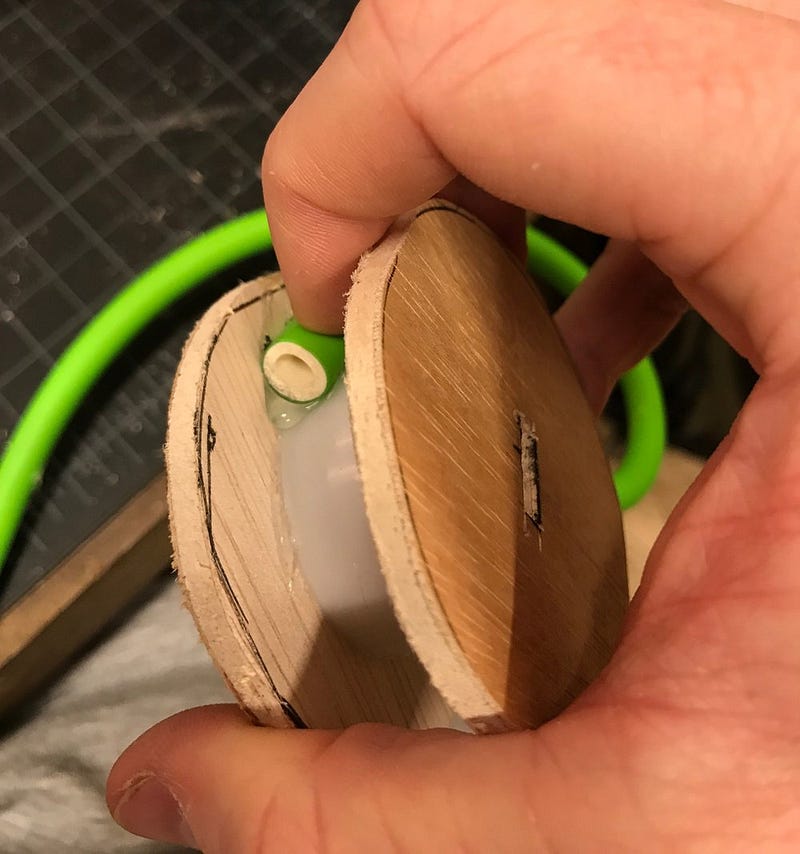Week 2- The Debt Belt

(written by Stefan Skripak and originally posted here)
The assignment this week was to develop a prototype for a “Disobedient Object”. That term was developed by artist and academic Garnet Hertz, and Brent Bailey and I took inspiration from his zine of the same name in developing the concept for our project. Our first decision was to focus on instigating discussion surrounding the cost of universities in the United States and the volume of student debt that is intrinsically tied to it. Americans currently shoulder more than 1.56 trillion dollars in student loan debt, and by 2023, nearly 40% of loanees are expected to default on their loans [CNBC]. So what we have imagined is some sort of device that would act as a constant reminder for students of the day to day (and minute to minute) cost of being in graduate and undergraduate university.
Taking inspiration from the project titled I.E.D. by Matt Kenyon and Doug Easterly, we decided that some sort of wearable device would most effectively create that constant reminder of the cost of education. And since debt is something which accumulates over time, we decided the best way to communicate this would be through a device which slowly but consistently tightens in some way around your body. Our initial idea was (like the I.E.D) to create some sort of armband or bracelet, but we then realized that the idiom of “tightening one’s belt” as an expression referring to saving money or cutting costs would tie in perfectly with our idea if we imagined it as a self-tightening belt.
Conceptually then what we settled on was an electronic device which would attach to a slightly elastic belt, and then have the ability to tighten or loosen that belt automatically. The particular action and regularity of this device depended on the specific aspect of the debt crisis we intended to highlight, and Brent and I talked in-depth about what data set would most effectively make use of this device we imagined. Initially our idea was that our project would serve as a reminder of an individual’s personal debt, and the tightening of the belt would happen in parallel with the accumulating cost of the education for every minute they sat in a university class. But what we ultimately decided was that in order to most effectively instigate discussion, the device should instead illustrate to the wearer how many others are suffering from the burden of student debt. Every year, over 1 million Americans default on their student loans, which averages out to approximately one person every 31.5 seconds. Incorporating that statistic into our design, our final prototype tightens noticeably every 31.5 seconds around the waist of the wearer, acting as a constant reminder of the risks associated with getting a higher education.
The making process of the Debt Belt prototype began with the discussion of how to incorporate the electronics into the belt itself. Some version of this project may have imagined the guts of the device being hidden elegantly away, but there were two concrete reasons why Brent and I instead decided to prominently display the “inner” workings of our object front and center as an oversized, electronic belt buckle. First of all, we both are simply drawn to the aesthetic of exposed electronics such as this, and within the category of Disobedient Electronics it felt very appropriate. Additionally we were inspired by a point made by Jaime Carreiro in reference to the project “79% Work Clock” which she helped to develop. She talks about how an ideal Disobedient Electronic is constantly visible to others, in addition to being present for its user, thus creating continual opportunities for discussion. Taking this to heart we felt that boldly displaying the electronics of our project would make it unmissable to others drawing further attention to the issue it is highlighting.


The specific hardware and software components of the device were ultimately fairly simple. An Arduino Nano and driver board control a stepper motor with a custom spindle attached to it, all of which is mounted on a circular piece of acrylic. The elastic belt is then attached with velcro to one side of the base with its other end attached to the spindle. Brent then wrote simple Arduino code which turns the stepper motor every 31.5 seconds to momentarily tighten and then loosen the belt providing that constant reminder to the wearer of the object for as long as they have it on.